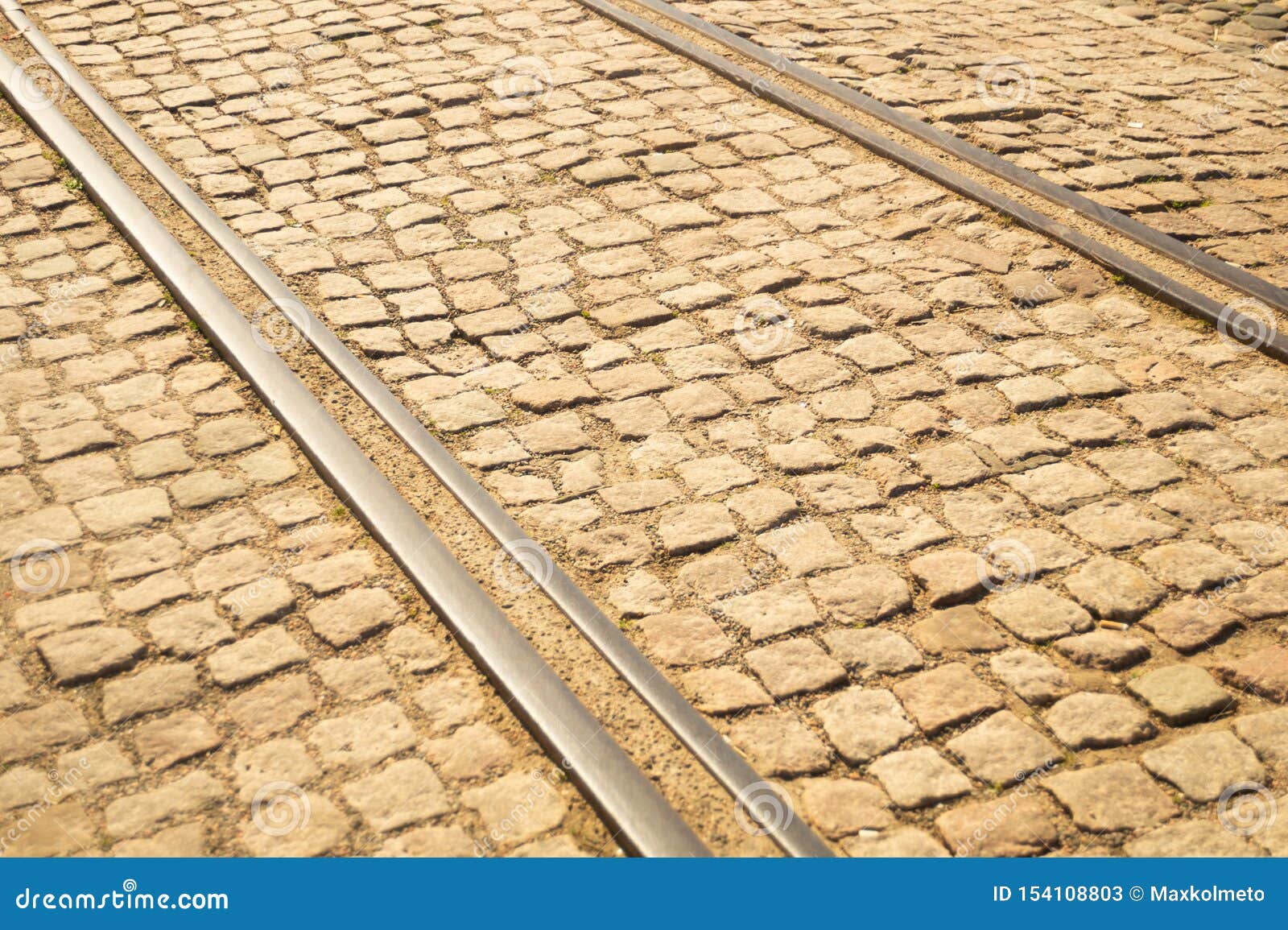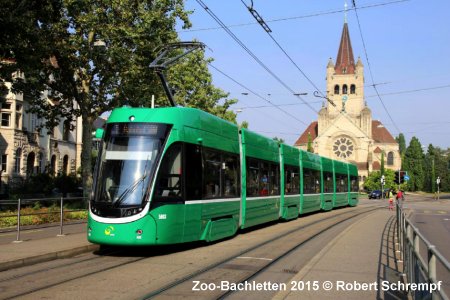|
|
|
You are using an out of date browser. It may not display this or other websites correctly.
You should upgrade or use an alternative browser.
You should upgrade or use an alternative browser.
Coolstar
Senior Member
Goodness, I still hate that grey livery. Does everything in this city have to be grey?
Steve X
Senior Member
Now drivers actually see the lame old streetcar^fricken' streetcars *grumble grumble* /s
W. K. Lis
Superstar
That's why they start very, very slowly, and slowly pick up speed until after September, 2021.What happens if it derails while testing?
Towered
Superstar
It's what they "deserve"!
Towered
Superstar
Goodness, I still hate that grey livery. Does everything in this city have to be grey?
"You are free to leave if all the grey bothers you.
Sincerely,
Toronto"
Amare
Senior Member
Of course it does. We're doubling down on the grey to make this city look as bland and dull as possible in time for Canada 200 in 2067.Goodness, I still hate that grey livery. Does everything in this city have to be grey?
You know so the red fireworks can really make a pop, and would even be visible from Rochester and Niagara Falls!
W. K. Lis
Superstar
Richard White
Senior Member
W. K. Lis
Superstar
The wicked minister will not stand for that, and your little dog too.Quick someone call the lollipop guild.
Undead
Senior Member
You can leave your grey condo in the morning to board the grey LRT on the way to a grey city where you work for Christian Grey at Grey Enterprises
junctionist
Senior Member
Those look more like stone setts than bricks. They're typically grey, red, or charcoal/black. I suspect that a yellow filter and/or warm white balance might have been used to make them look yellow.
W. K. Lis
Superstar
The city should put in cobblestones at the intersections along Eglinton Avenue East and the surface light rail sections. That will force the motorists to slow down when they cross the light rail tracks.
The Effect of Brick and Granite Block Paving Materials on Traffic Speed
From link.Don't we want the traffic to slow down? Should do the same on the downtown legacy streetcar track network. Use the blocks at the major intersections that have streetcar tracks to slow motorists down. They shouldn't be want-to-be expressways.Slowing traffic speed in urban areas has been shown to reduce pedestrian injuries and fatalities due to automobile accidents. This research aims to measure how brick and granite block paving materials, which were widely used historically prior to the use of asphalt paving in many cities, may influence free flow traffic speed. Traffic speeds for 690 vehicles traversing street blocks paved with asphalt, granite block, and brick materials were measured using a radar gun on a sample of 18 matched pair (asphalt and historic paving material) street blocks in Philadelphia, Pennsylvania. Fixed effects linear regression was used to estimate the effect of paving material on vehicle speed after controlling for the street class (e.g., arterial versus local road) and the matched pair. Results indicate that brick reduced speeds by approximately 3 mph (~5 km/h) and granite block reduced speeds by approximately 7 mph (~11 km/h), as compared to asphalt paved city streets, which we attribute to drivers intentionally slowing due to road roughness. This research suggests that brick and granite block paving materials may be an effective traffic calming strategy, having implications for reducing negative health outcomes associated with pedestrian–automobile collisions.
kotsy
Senior Member
Goodness, I still hate that grey livery. Does everything in this city have to be grey?
Would you prefer the shade of green we all now hate?






